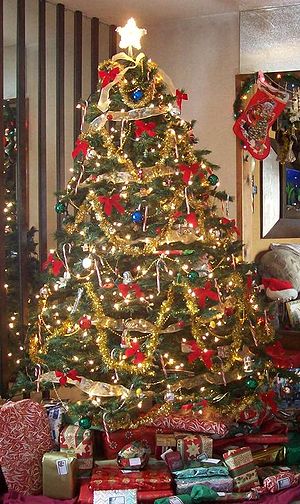There’s a great video—called the “Story of Stuff” that addresses the cycle of consumption. It’s the type of video that makes you think about your own shopping habits (and this is an especially good time of year to be thinking about consumption).
The video looks at the whole production process—from extraction of resources to the end of a product’s life and everything in between. In a way, our planet has become this giant trashcan for all the “stuff” we buy and no longer use. And our economy is based on having this unsustainable cycle continue.
While there is some progress being made by manufacturers and product designers to consider the product life cycle with eco-design techniques, often referred to as cradle-to-cradle design, we have a long ways to go.
I know as well as anyone what it’s like to buy items that we don’t really need, but this video has a way of hitting you right between the eyes. How can I consider myself a friend of the environment, if I’m one of millions who is helping to perpetuate this cycle of “stuff?”
Shop ‘Til the Planet Drops
The goal of product marketing is to convince consumers they have a “need” for a product that, most likely, can be more accurately classified as a “want” as the product really isn’t necessary—it would just be nice to have. But when you’ve created demand for your product, well, that’s considered effective marketing.
Now during the peak of holiday shopping time, there are marketers who are in their glory touting all the wonderful things we “need” to make our holidays happy and our lives complete. They tempt us with offers of “free shipping,” “easy returns,” “longer store hours”—and it goes on and on. Projections about the state of the economy will be made based on how much “stuff” we buy at holiday time.
We’ve become this mass consumer society and the companies out there know it and love it! The more we buy, the more they make, the more stuff we end up with and the cycle continues. At a time when consumer debt is at an all-time high and so many people are without jobs, we still want people to buy, buy, buy! We need to rebuild the economy! Right?
What about the environmental impact of all this stuff we buy? Do you ever wonder where the “stuff” we buy ends up once we’re done with it? And we do get done with it. Lots of stuff. Every day. Out it goes and into the trash.
The Holiday Shopping Challenge
So I’ve decided to challenge myself this year. While I’m on a kick at home to simplify our lives, clear out clutter, donate unused or unneeded items, I’m also trying to be more mindful of the things I buy and bring into our home. Do we really need this item? Can we live without it? Where and how is this product made? What is it made of? How will we dispose of it?
Imagine the possibilities if each one of us took the time to consider the impact of our purchasing decisions this holiday season—and then changed our purchasing behavior as a result? It could be earth-changing. And maybe, just maybe, the holiday time would be a less frenetic and more peaceful time for sharing with your friends and family.
Additional Resources:
E-waste recycling: What to do with obsolete electronics


